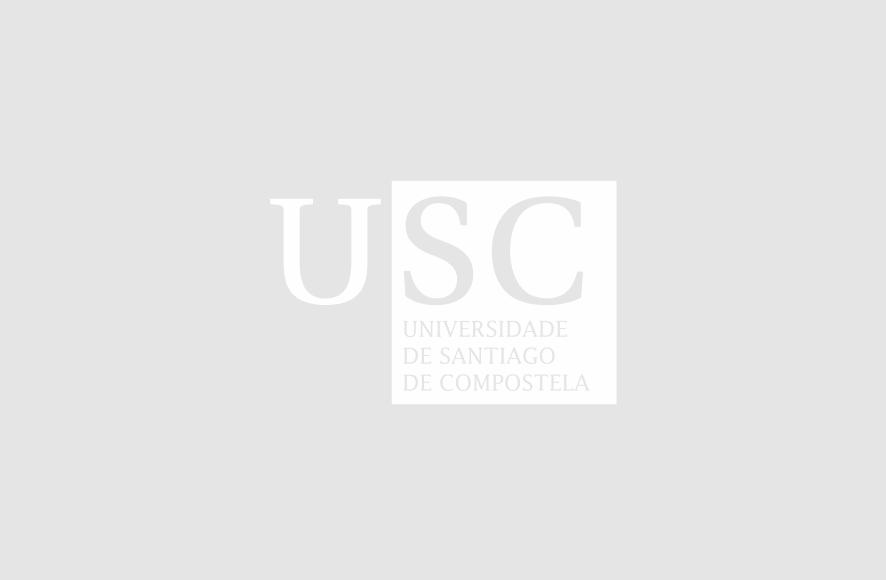Modelos de optimización, decisión, estatística e aplicacións
MODESTYA


Universidade de Coimbra
Coímbra, PortugalPublicacións en colaboración con investigadores/as de Universidade de Coimbra (11)
2024
2023
-
IPMICALC: an Integrated Post-mortem Interval Calculator
Forensic Science, Medicine, and Pathology, Vol. 19, Núm. 3, pp. 468-472
-
The biochemistry of the vitreous humour in estimating the post-mortem interval—a review of the literature, and use in forensic practice in Galicia (northwestern Spain)
Forensic Science, Medicine, and Pathology, Vol. 19, Núm. 2, pp. 236-265
2019
-
A reliable method for estimating the postmortem interval from the biochemistry of the vitreous humor, temperature and body weight
Forensic Science International, Vol. 295, pp. 157-168
-
Corrigendum to “A reliable method for estimating the postmortem interval from the biochemistry of the vitreous humor, temperature and body weight” (Forensic Science International (2019) 295 (157–168), (S0379073818310594), (10.1016/j.forsciint.2018.12.007))
Forensic Science International
2018
-
A valid method to determine the site of drowning
International Journal of Legal Medicine, Vol. 132, Núm. 2, pp. 487-497
2017
-
Applying spatial copula additive regression to breast cancer screening data
Lecture Notes in Computer Science (including subseries Lecture Notes in Artificial Intelligence and Lecture Notes in Bioinformatics)
-
Exploring risk factors in breast cancer screening program data using structured geoadditive models with high order interaction
Spatial Statistics, Vol. 22, pp. 403-418
-
Studying the relationship between a woman's reproductive lifespan and age at menarche using a Bayesian multivariate structured additive distributional regression model
Biometrical Journal, Vol. 59, Núm. 6, pp. 1232-1246
2014
-
Structured additive regression modeling of age of menarche and menopause in a breast cancer screening program
Biometrical Journal, Vol. 56, Núm. 3, pp. 416-427
-
The use of computerized tomography in determining stature and sex from metatarsal bones
Legal Medicine, Vol. 16, Núm. 5, pp. 252-257